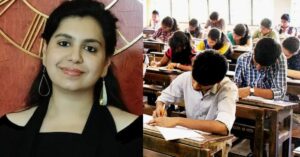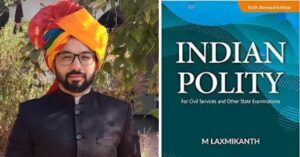UPSC CSE: 10 Important Committees to Know About From Indian Polity
Preparing for UPSC CSE? Here are 10 important committees that are often picked as questions in both Prelims and Mains under the Indian Polity syllabus.
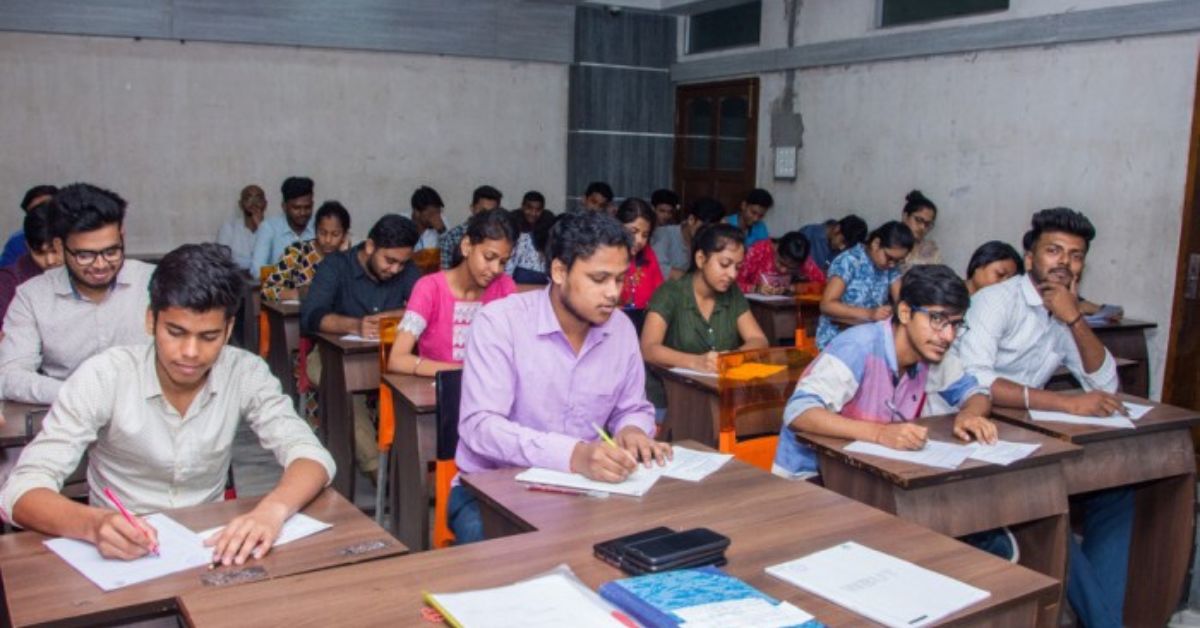
Over the years, there have been several committees and commissions formed in India for various purposes, which include tax, banking, economic, social and even educational reforms. Each of these plays an important role in shaping India’s polity. Additionally, these are some of the popular question choices of the Union Public Service Commission (UPSC) Civil Service Examination (CSE).
Several recommendations made by these committees and commissions have led to reforms in the Indian economy and society.
Here is a look at 10 such committees and commissions:
Tax Reforms
1. Tax Reform Committee
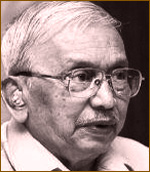
The Government of India set up a high-powered committee in August 1991, under the chairmanship of Dr Raja J Chelliah. The committee made recommendations for a comprehensive reform of the system of central taxes. Tax Reform Committee is also known as the Raja Chelliah Committee. It was primarily established to reform direct and indirect taxes prevailing in India.
Dr Chelliah was awarded Padma Vibushan in 2007 and is often referred to as ‘The Father of Tax Reforms’.
2. Rekhi Committee
The Government of India constituted the Rekhi committee in 1992 under the Chairmanship of K L Rekhi. The primary motive was to facilitate reforms in the indirect taxation system. An important recommendation of this committee included the suggestion to set up a tribunal to deal with problems between taxpayers and tax collectors.
3. Kelkar Committee
This task force was constituted under the chairmanship of Dr Vijay Kelkar in 2002. This committee provided a much-needed impetus to direct tax reforms in India. The main recommendations of this task force related to the direct taxes related to increasing the income tax exemption limit, rationalisation of exemptions, abolition of long-term capital gains tax, and abolition of wealth tax amongst other things.
In January 2011, Dr Kelkar was awarded the Padma Vibushan for his outstanding contribution and services to India.
4. Narasimham Committee
The Narasimham Committee was established by the former Reserve Bank of India (RBI) governor, M Narasimham in August 1991. This committee is popularly known as the Committee on Banking Sector Reforms. The first committee was set up in 1991 and is referred to as the Narasimham Committee- I and the 1998 Committee is known as the Narasimham Committee – II.
The purpose of the Narasimham-I Committee was to study all aspects relating to the structure, organisation, functions and procedures of the financial systems and to recommend improvements in their efficiency and productivity. The Narasimham committee II proposed segregation of the roles of RBI as a regulator of banks and owner of banks.
Economic Reforms
1. Santhanam Committee
The Committee on Prevention of Corruption, also referred to as the Santhanam Committee made a range of recommendations to fight the menace of corruption. It recommended the constitution of the Central Vigilance Commission and administrative vigilance divisions in all departments and major organisations of the government.
This committee was set up in 1962 when Lal Bahadur Sastri appointed K Santhanam to preside over the committee.
2. Disinvestment Commission
In August 1996, the Government of India set up a Disinvestment Commission under the Ministry of Industries; the mandate of the commission was to assess the viability and advice the government on disinvesting various Public Sector Enterprises (PSE) through market development and diversifying the transfer of ownership of the Public Sector Undertakings (PSU) for five-ten years period.
The first chairperson of this commission was G V Ramakrishna.
3. C Rangarajan Committee
The C Rangarajan Committee was formed under the Chairmanship of Dr C Rangarajan to review the poverty measurement methodology (PMM). The report dismissed the Tendulkar Committee’s estimate of India’s poverty rate. The Rangarajan committee raised the daily per capita expenditure to Rs 32 from Rs 27 for the rural poor and to Rs 47 from Rs 33 for the urban poor, thus raising the poverty line based on the average monthly per capita expenditure to Rs 972 in rural India and Rs 1,407 in urban India.
Social and Educational Reforms
1. Mandal Commission
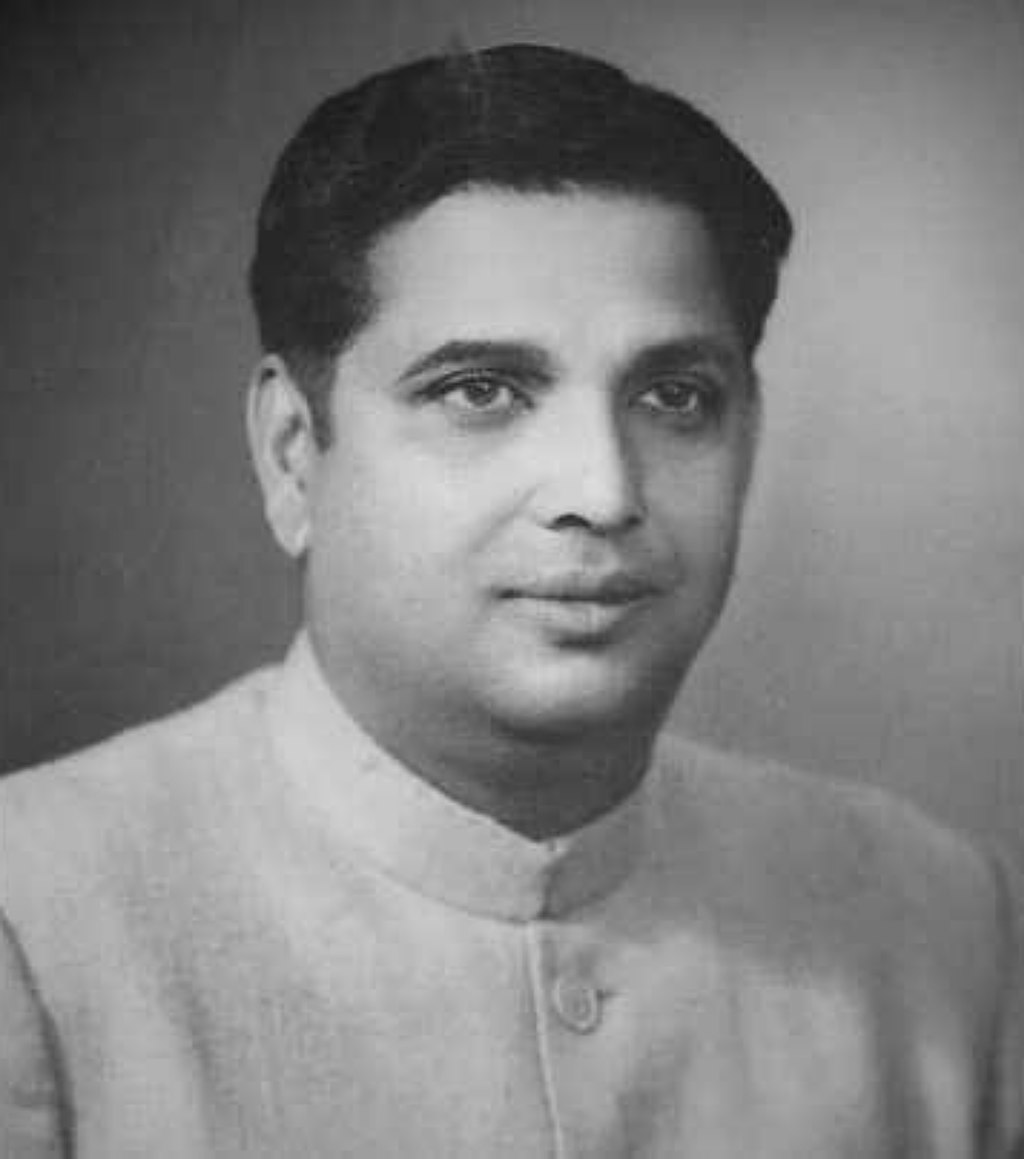
The Mandal Commission, also known as the Socially and Educationally Backward Classes Commission (SEBC), was established in India in 1979. It was the Morarji Desai government which set up the commission to identify socially or educationally backward classes to address caste discrimination. It was chaired by B P Mandal, who was once the Bihar chief minister.
On 30 December 1980, B P Mandal submitted the committee’s report to the then President of India, Neelam Sanjiva Reddy.
2. Meera Seth Committee
Meera Seth Committee is known for its exceptional work in the development of the handloom industry. It was under the recommendation of this committee’s 1997 report that a national handloom fund of Rs 500 crore was set up.
3. Committee for Evolution of the New Education Policy (NEP)
Chaired by former Cabinet Secretary of India, T S R Subramanian, this committee was constituted under the Ministry of Human Resource Development (MHRD) in October 2015. The report proposed an education policy, which sought to address several challenges faced by the current education system. Several recommendations made by this committee have now been implemented under the new education policy.
Edited by Yoshita Rao
Sources:
Chelliah Committee on Tax Reforms: A Review by G K Kwatra
G K Chronicle
National Commission for Backward Classes
High-Powered Committee, Low Voltage Report: Mira Seth Report on Handlooms by K Srinivasulu
If you found our stories insightful, informative, or even just enjoyable, we invite you to consider making a voluntary payment to support the work we do at The Better India. Your contribution helps us continue producing quality content that educates, inspires, and drives positive change.
Choose one of the payment options below for your contribution-
By paying for the stories you value, you directly contribute to sustaining our efforts focused on making a difference in the world. Together, let's ensure that impactful stories continue to be told and shared, enriching lives and communities alike.
Thank you for your support. Here are some frequently asked questions you might find helpful to know why you are contributing?


This story made me
-
97
-
121
-
89
-
167





